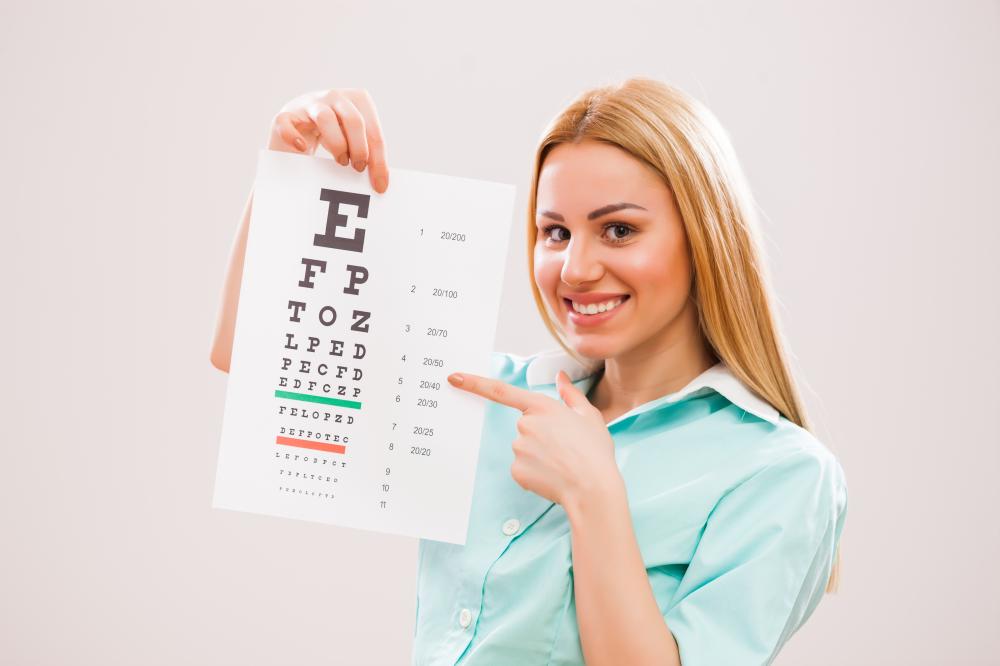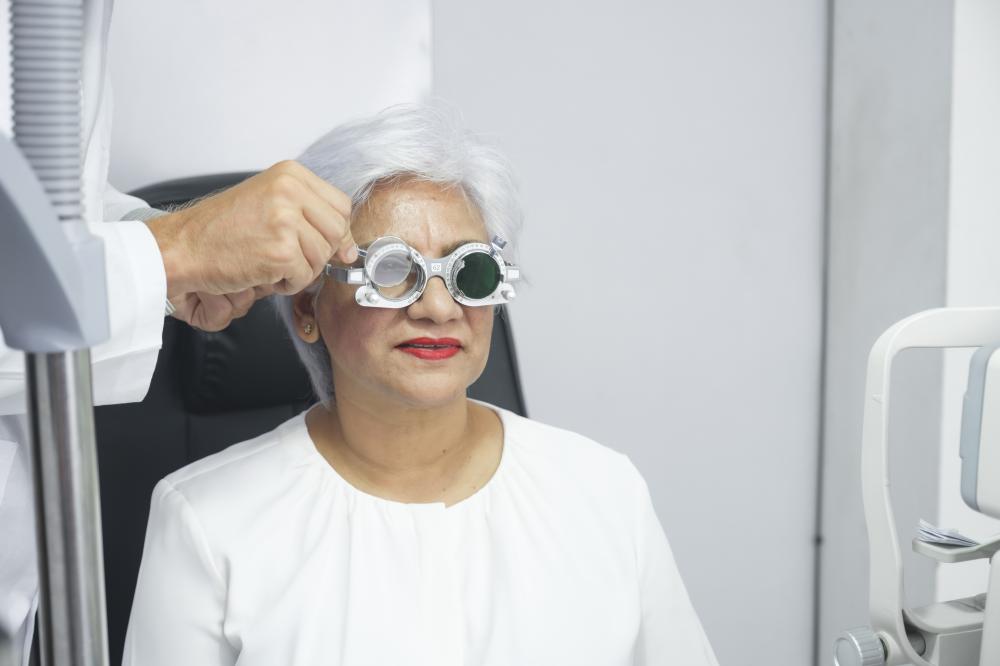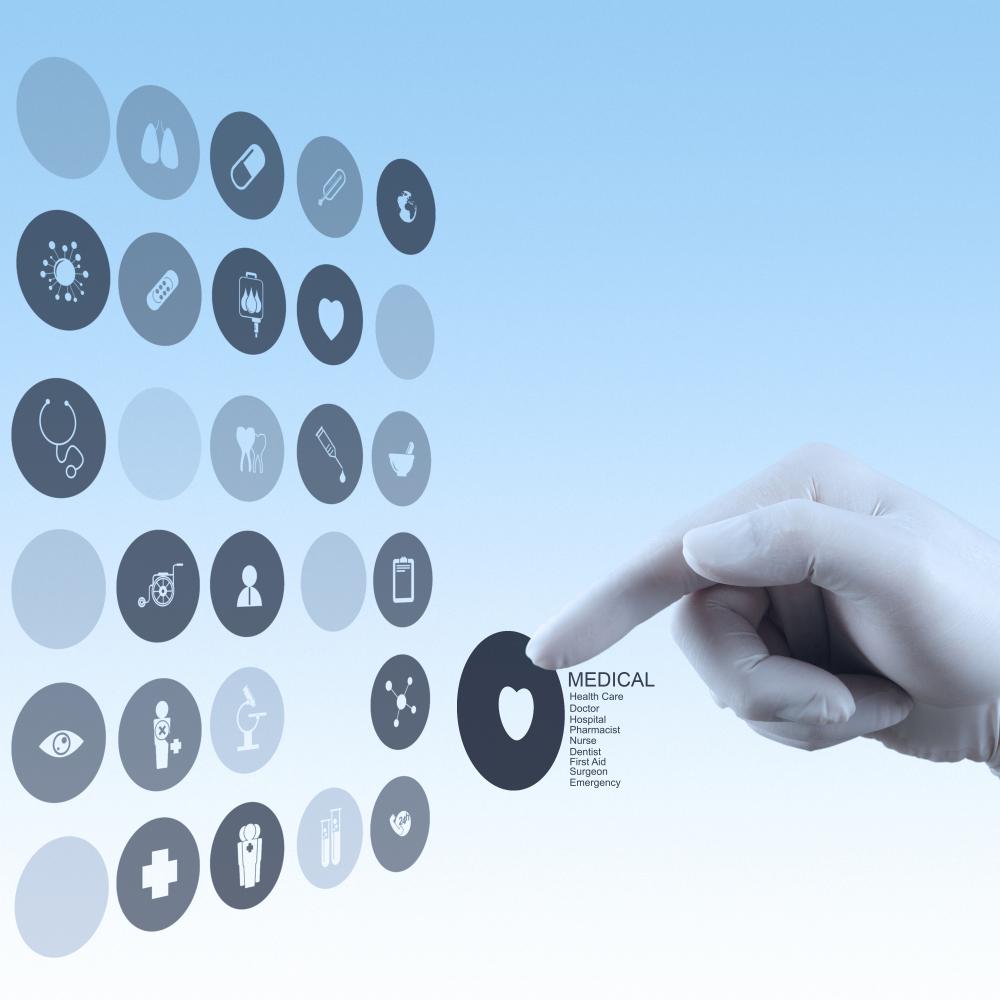Table of Contents
Understanding Lazy Eye Correction

Living with a lazy eye, medically termed amblyopia, can be a challenge that affects not just vision but self-esteem. At our organization, we encounter numerous individuals seeking solutions to this common visual impairment. Lazy eye correction is more than a treatment–it is a pathway to renewed confidence and improved quality of life.
As a pioneer in optical advancements, our aim is to explore the diverse options available for correcting lazy eye, delving into both traditional methods and innovative techniques that reflect our commitment to optical excellence and patient-centric care.
Diagnosis: The First Step to Correction
Before we address correction, it’s critical to understand that an accurate diagnosis is the foundation of effective treatment. Amblyopia often arises in childhood, and early detection can significantly bolster the chances of successful intervention. A comprehensive eye examination will determine the presence and extent of a lazy eye, paving the way for an informed correction strategy.
Our specialists utilize a variety of tests to assess eye health and function. From checking for cataracts to evaluating visual acuity, these assessments provide a clear picture of the individual’s visual status, which is essential in tailoring the correction approach.
Traditional Treatments: Patches and Atropine
One of the most recognizable treatments for amblyopia involves covering the stronger eye with a patch, a method that encourages the weaker eye to work harder and develop better visual acuity. Although simple, eyepatches have effectively restored vision in countless individuals, especially when applied diligently during the crucial developmental years.
Similarly, atropine eye drops serve as an alternative to patching, blurring the vision in the dominant eye to stimulate the lazy eye. Both methods, while time-tested, require compliance and patience, as improvements may unfold over several months.
Corrective Eyewear: Glasses and Lenses
At times, amblyopia is associated with refractive errors like nearsightedness or astigmatism. Here, corrective eyewear steps in as a key component of lazy eye correction. By addressing the underlying refractive issue, glasses or contact lenses can aid in balancing vision between both eyes, often used in concert with patching or drops.
Our innovative products, including customized lens blanks and precision prisms, contribute to this aspect of correction by enhancing the effectiveness of eyewear, ensuring each individual has access to the best possible visual aid tailored to their condition.
Prism Therapy: An Innovative Approach
As experts in optical solutions, we’ve seen the transformative impact of prism therapy. By altering the light’s path before it enters the eye, prisms can assist in aligning the visual fields, an approach that has shown promise in specific types of amblyopia, particularly when associated with binocular misalignment.
Our carefully crafted prism lenses are a testament to our dedication to providing pioneering vision correction solutions. These specialized products are designed to fit individual needs, incorporating cutting-edge technology to deliver exceptional results.
Surgical Options: Last Resort or Necessary Step?
Lazy eye correction might sometimes necessitate surgical intervention, particularly when caused by physical anomalies like cataracts or significant strabismus. Such surgical procedures are delicately performed to remove obstructions or correct misaligned eye muscles, addressing the root causes of amblyopia.
Each case is unique, and while surgery can be a daunting prospect, for some, it is a crucial step toward clearer vision. Our role is to support and guide individuals through this process, ensuring they receive the highest standard of care.
Post-Surgical Care: Ensuring Lasting Results
Post-operative care is paramount in maintaining the benefits achieved through surgery. This might include the use of corrective eyewear or other therapies to ensure the eyes continue to work together effectively. Our commitment extends to post-surgical support, helping patients navigate the recovery process with comprehensive care plans.
It is vital to monitor for any recurrence of amblyopia, and our follow-up protocols are designed to identify and address such issues promptly, safeguarding the vision improvement gained through surgery.
Exploring Alternative Therapies
In our journey to enhance vision, we also recognize the value in exploring lesser-known treatments. Alternative therapies, such as vision therapy exercises, have gained traction in managing amblyopia, particularly when traditional treatments fall short.
These exercises focus on training the eyes to work together, improving both eye coordination and visual processing. Although more research is needed to validate these methods fully, anecdotal success stories fuel our curiosity and drive our pursuit of diverse treatment avenues for lazy eye correction.
Technology-Based Solutions: Embracing the Digital Age
With our eyes set on the future, we are excited about the potential of digital therapies. Innovative computer programs and virtual reality experiences designed for lazy eye correction offer engaging ways to stimulate the amblyopic eye, merging treatment with technology to keep pace with the digital era.
These modern techniques, while still being investigated, illustrate our passion for pushing the boundaries of what is possible in vision therapy, integrating technology seamlessly into our approaches.
Personalized Care: Tailoring Treatment to the Individual

The essence of our work at Fresnel Prism lies in recognizing the individuality of each vision journey. No two cases of amblyopia are identical, and therefore, no single treatment plan can be universally applied. Personalized care is the cornerstone of our service, from in-depth consultations to customized optical solutions.
Our professionals listen and learn from each story, blending personal insights and professional expertise to create a treatment plan that reflects the unique needs and lifestyle of each person we serve.
Through open communication and genuine compassion, we aim to make the experience of correcting lazy eye not just a clinical success, but a personal triumph for our clients.
Embracing a Clearer Tomorrow
In conclusion, lazy eye correction encompasses a spectrum of strategies from conventional methods to innovative therapies. Each offers its strengths and challenges, yet all share the common goal of restoring vision and quality of life to those affected by amblyopia.
At Fresnel Prism, we remain dedicated to advancing optical health by embracing both time-honored treatments and groundbreaking technologies. We believe in a future where every individual has the opportunity to see the world with clarity and confidence, and we’re committed to making that future a reality.
If you or a loved one is navigating the complexities of lazy eye correction, know that you are not alone. We are here to enlighten the path to better vision, providing support every step of the way. Together, let’s look forward to a bright and vivid horizon.

Can lazy eye be corrected?
Yes, lazy eye, or amblyopia, can often be corrected when diagnosed and treated appropriately. At Fresnel Prism, we have witnessed many individuals who have successfully improved their vision through various treatments. The key is early detection and intervention, particularly in children when their visual system is still developing. By using methods like patching the stronger eye or applying atropine drops to blur the dominant eye, we encourage the lazy eye to work harder, potentially leading to a significant improvement in visual acuity.
Is there a way to fix a lazy eye without surgery?
Indeed, there are multiple ways to address a lazy eye without resorting to surgical intervention. Corrective eyewear, such as glasses or contact lenses, can correct refractive errors that may be contributing to amblyopia. In conjunction, patching and atropine drops are common non-surgical approaches. Additionally, we at Fresnel Prism are exploring exciting advancements like prism therapy and digital therapies that offer new hope for non-invasive treatment. These options are tailored to the individual’s needs, and we’re committed to providing our clients with a range of solutions to choose from.
When is it too late to treat lazy eye?
There’s a common misconception that lazy eye can only be treated in children. While it’s true that the earlier the treatment starts, the better the outcomes, significant progress can still be made beyond the formative years. We’ve seen adults experience improvements in vision through dedicated treatment plans. The brain’s plasticity allows for changes well into adulthood, though it may require more effort and persistence. It is never too late to seek advice and explore options for correction.
Is lazy eye surgery worth it?
Surgery for lazy eye is considered when there are physical issues, such as cataracts or significant strabismus that cannot be addressed through other treatments. As professionals, we weigh the benefits against the risks. Our patients who have undergone surgical interventions, when necessary, report positive outcomes both in terms of vision and quality of life. It’s about restoring not just sight, but confidence and functionality. Deciding if surgery is worth it is a personalized discussion that factors in the individual case and the potential for improved vision.
How does lazy eye affect daily life, and how can correction improve it?
Living with a lazy eye can be challenging, impacting daily activities like reading, driving, or engaging in sports. Social interactions can also be affected, as self-consciousness about the condition may lead to reduced confidence. Correcting lazy eye can thus significantly enhance a person’s lifestyle. Take, for example, a child who struggles with schoolwork due to poor vision–after successful treatment, we’ve seen improvements in academic performance and social engagement. Similarly, adults regain their ability to participate more fully in their personal and professional lives.
What kind of support does Fresnel Prism provide during lazy eye treatment?
Our commitment to our clients extends beyond just providing cutting-edge optical solutions. We offer a comprehensive support system throughout the treatment journey. From the initial consultation to post-surgical care, we are there every step of the way. Our follow-up protocols ensure that any recurrence of the condition is spotted and addressed promptly, and we help manage the recovery process with personalized care plans. We understand that each person’s journey is unique, and we tailor our support to meet those individual needs, fostering a collaborative and nurturing environment for recovery.
Resources for Lazy Eye Correction
-
The National Eye Institute offers comprehensive information on amblyopia, its causes, and treatment options. Learn about the latest research and educational resources for patients and families.
-
The American Optometric Association provides details on the diagnosis and treatment of lazy eye, including guidance on when to seek care and the roles of eye care professionals.
-
The Centers for Disease Control and Prevention (CDC) features resources on eye health, including statistics and prevention strategies for vision impairment like amblyopia.
-
The American Academy of Ophthalmology offers insights into various eye conditions, including lazy eye, with patient stories and expert advice for managing eye health.
-
MedlinePlus, a service of the U.S. National Library of Medicine, provides reliable health information on amblyopia, including an overview of symptoms, causes, and treatments.
-
The American Association for Pediatric Ophthalmology and Strabismus offers in-depth information on lazy eye tailored to children’s needs, including treatment approaches and FAQs.
American Association for Pediatric Ophthalmology and Strabismus: Amblyopia
